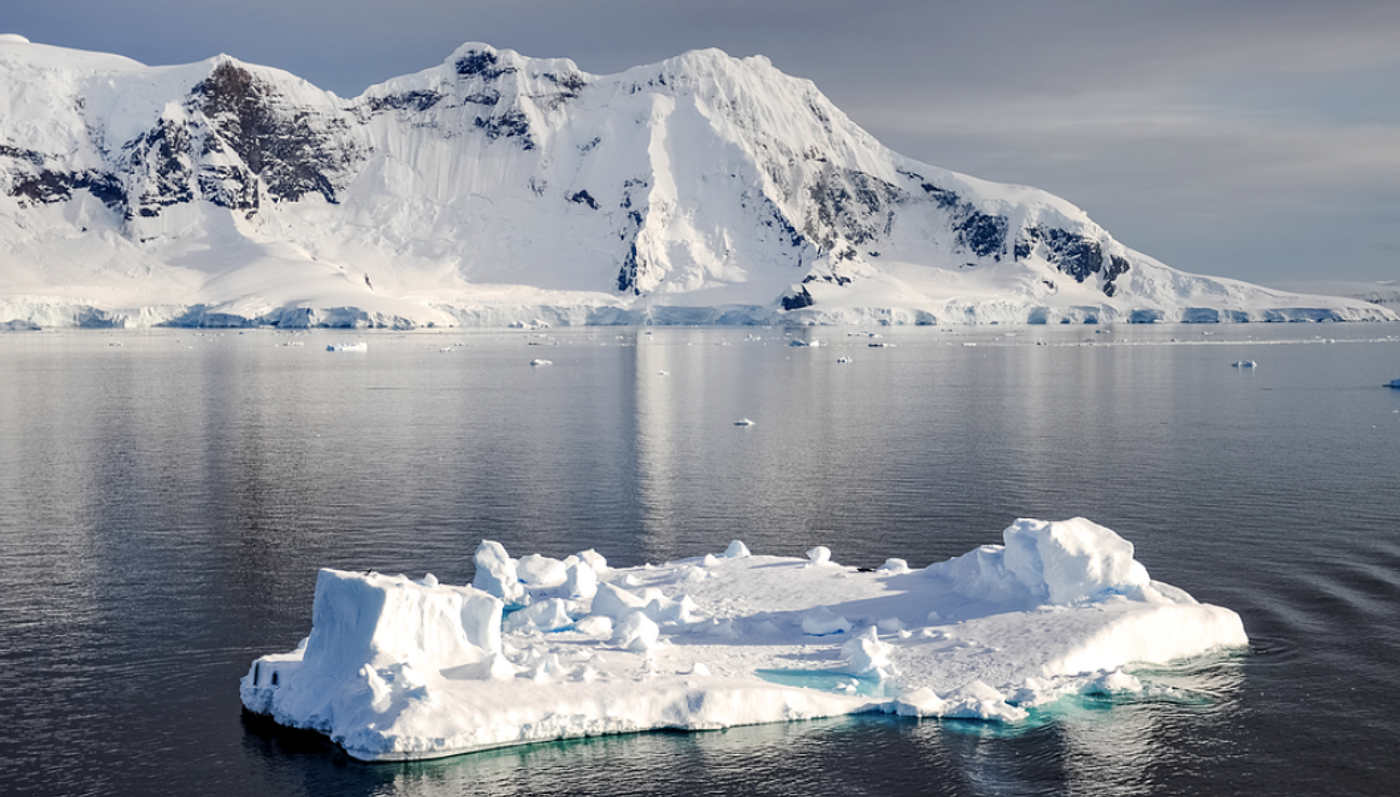How Octopus DNA Tells us More About the Collapse of Antarctica's Glaciers
Scientists have taken an innovative approach to investigate the ancient past of Antarctica's Western glaciers; they have analyzed octopus genes to see how these animals were once able to interact and mate in the region, while ice now separates these groups. In two new studies that have both been reported in Science, researchers have shown that populations of octopuses that are now isolated by geography once mated with one another easily, and as recently as about 125,000 years ago. The findings suggested that during that time, when global temperatures were similar to what is observed now, corridors existed that were free of ice.
The researchers noted that if global warming is not kept at or below 1.5 degrees Celsius, the West Antarctic Ice Sheet (WAIS) may be closer to collapse than we thought. If that ice melted, it could cause the world's oceans to rise 3.3 to 5 meters.
The Turquet's octopus is found around Antarctica, and we already know a lot about this animal, lead author and evolutionary biologist Sally Lau of James Cook University told AFP. The animal arose about four million years ago. It's about 15 centimeters (around 6 inches) long, and weighs roughly 600 grams (1.3 pounds). They reproduce by laying a few large eggs on the seafloor, and have to carefully tend their offspring. Sea currents can limit their range.
The investigators sequenced the genomes of 96 Turquet's octopuses that had been inadvertently gathered by fishermen as bycatch. These specimens were then deposited in the storage of museums over the course of three decades.
The DNA suggested that octopuses were connected, probably by West Antarctic seaways that once linked the Amundsen, Ross, and Weddell seas. The collapse of the WAIS was indicated by genetic mixing, and seen at two separate points in time. The first time was during the mid-Pliocene, or 3 to 3.5 million years ago, which was already shown to be the case by previous work. The second time was from about 129,000 to 116,000 years ago during an unusually warm time known as the Last Interglacial period.
"This was the last time the planet was around 1.5 [ºC] warmer than pre-industrial levels," said Lau. Right now, the average increase in global temperatures, compared to the pre-industrial period, is about 1.2ºC.
While other studies have indicated that there were other points at which the WAIS collapsed, they have not been conclusive because of a lack of confirmatory data. This study has shown that the WAIS actually broke down when temperatures were somewhat similar to what they are now, and that, "...the tipping point of future WAIS collapse is close," noted the authors.
There are still unknowns, however. For example, sea currents or other factors may have also influenced the WAIS collapse at different points in the past. Scientists also don't know how rapidly seas would rise if the Western Antarctic glaciers did melt. Regardless, climate action is still urgently needed.
Sources: Phys.org via AFP, Lau et al Science 2023, Dutton et al Science 2023
-
MAY 07, 2024Is It Anti-RNP or Anti-Sm/RNP?
-
MAY 08, 2024Expand your Multiomic Capabilities with RNAscope™
- See More
-
APR 30, 2024Immuno-Oncology Virtual Event Series 2024
-
MAY 07, 20243rd International Biosecurity Virtual Symposium
-
MAY 23, 2024For the Love of Digital PCR 2024
- See More


















































